If you’re contemplating going grain-free or doing the GAPS diet, it may seem, initially, like an insurmountable task. It is a big shift in a lot of ways. Most people in this country have meals that are largely grain-based, after all!
Think about our typical breakfast choices: pancakes, waffles, biscuits, oatmeal, cereal — all grains! (And incidentally not a good way to start the day, especially if paired with sugar!) Even our other meals largely rely on grains — sandwiches and soups with pasta or rice at lunch, and dinners paired with pasta, rice, potatoes, etc.
Practical Tips on Doing Grain-Free/GAPS Diets
Therefore, trying to plan meals, know what to shop for, what to snack on, how to get enough food, etc. can be really difficult, especially when you are initially starving from a lack of carbs/sugars (which you will crave like withdrawal at first). In order to approach a grain-free diet without losing your mind, some practical help is necessary!
In case you aren’t sure what all of this is about, you might want to read more about the GAPS diet, why we’re grain-free, and grain-free meal plan week 1 and week 2.
So, if you’re now ready to go grain-free, what now? Here are some ideas:
#1 Stock up on stock
If you’re doing GAPS, you’ll be going through a lot of stock. Even if you’re not, you can always eat soup. You can add different meats and veggies to it (and cheese, if you can do dairy) for an endless variety.
Soup can be reasonably high in fat if you sauté the veggies in coconut oil or butter and leave the fat in the stock. It takes awhile to make (though it’s quite easy), so you’ll want to make a lot and freeze it so it’s always on hand. Remember to freeze some in ice cube trays in case you only need a little for sauces, gravies, reheating food, or even just a quick snack.
#2 Fermented foods are your friend
Forget that they make me feel fabulous for a minute. Fermented foods will do two things: 1) help restore your gut health, and 2) kill carb cravings. You need both of these things! You can buy milk kefir (if you can do dairy), yogurt, kombucha, traditional pickles, saurkraut, and other things. You can make many of these things, too, although that’s not as easy.
Feel free to brew some kombucha, make some yogurt, or ferment some veggies if you want, though!
Go slow if you’re new to fermented foods, though, because they can definitely cause digestive distress, mood swings, and more! Start with a teaspoon or two a day and work your way up to more as you can handle it.
#3 Buy lots of produce
Fruits and veggies are your friend now. Buy types you don’t usually cook with, too. Add some leeks to your cart, maybe some argula or bok choy. Branch out, because you’re going to be eating a lot. Be sure to get lots of carrot and apples for soups, snacks, and apple-carrot juice, too!
You’ll spend most of your grocery budget on produce; except what you spend on eggs and meat, of course! It will help to make salads (if you’re having them) ahead of time, as well as hummus and veggie sticks or other “snacky” type things, so that when you’re hungry there’s something to grab.
If you tolerate nuts, buy some almond butter and serve it with apple slices for a quick, protein-filled snack. Peanut butter’s okay too but not as good, health-wise.
#4 Focus on protein
Chances are, if you’re strongly craving carbs, you haven’t eaten enough, and you especially haven’t had enough protein. Aim to start your day with protein and to have some at every meal and snack. It will fill you up, keep you full, and won’t spike your blood sugar.
Buy tons of eggs, because you can use them for eating plain, for baking (coconut flour muffins require a lot of eggs), for adding to smoothies, etc. Buy lots of meat, too, because you will be starving. (We used to just cook a lb. of grass-fed beef and sprinkle with onion powder and sea salt and just eat it plain when we did this the first time — for a snack, no less.)
If you can, buy yogurt and cheese, too, for snacks. Nut butters are also good. Make some jerky if you want, although beware: the last batch I made (two full roasts’ worth) was gone in a day, it was that good! Bottom line: try to eat protein constantly.
#5 Plan snacks in your day
Maybe before you didn’t really have “snack time.” Maybe snacks were just if you got hungry. You will get hungry now, so plan for it.
Refried beans (homemade, please!) with cheddar and fermented salsa might be a good snack (not GAPS friendly, but grain-free). Coconut milk ice cream is good. Veggie sticks dipped in aforementioned salsa. Apple slices in cashew butter. Almond flour muffins.
There are tons of great snack ideas. Plan ahead, keep them around the house. Otherwise you’ll get hungry and be tempted to run out and grab a bagel or a cookie, which will leave you feeling not-so-good.
#6 Make more than you think you need
Since most of us are used to grain-based meals or at least side dishes, that’s how we’re used to getting full. We serve bread with our meals, we make rice or potatoes, etc. There are not nearly the same amount of calories in steamed broccoli as roasted potatoes. For that reason, you will need to plan more meals than you did before.
Add two veggies, and cover them in coconut oil or butter and sea salt (surprisingly delicious!). Serve a salad with full-fat dressing. Add some fruit, or a smoothie made with egg yolks and yogurt. Make extra meat, and cook it with lots of fat. Make larger portions! If you don’t, you will be hungry! It doesn’t matter
if the meal is unconventional, either. Just serve enough!
Making a big pot of thick soup, a salad, apple slices with almond butter, and a steamed veggie with butter might not be “typical,” but you might really need it.
Just make sure you are eating whenever you are hungry, lest you get tempted! (And not feel well!)
#7 Consider a large meat purchase
If you’ve never bought 1/4 of a cow before (or a whole one like us!), now might be the time to consider it. You could go broke buying all the meat you’ll need at retail prices, but buying wholesale this way can save a ton of money.
I can serve a sirloin stir-fry for around $3/lb. instead of more like $12 that it would cost retail! That makes it frugal enough to actually have on a regular basis. Plus, we don’t have to feel bad that we need 1.5 lbs. of meat per meal instead of just 1.
Some nights, if we’ve had a rough day, we might just pull a pound of meat out, fry it up with some veggies, and call it snack. But if we’ve bought in bulk at a great price, we don’t have to feel bad.
Bonus: the freezer’s full, so you make fewer trips to the grocery store!
#8 Buy some alternative flours
Despite that you are on this diet to heal and improve your health, you will still want treats. You will miss baked goods. This is especially true around birthdays and holidays. Instead of entirely denying yourself, learn to make these things healthy.
Get some coconut and almond flours, or bean flours, and learn to bake with them. Make the occasional treat. Make sure you have honey around to bake with, too, so you’re not ruining your healthy effort with white sugar!
Even if you keep these as a very rare treat (by choice or necessity), it’ll be nice to know that you can have a treat. And, you can always cut up fresh fruit and dip it in homemade whipped cream (assuming you can do dairy) for an everyday treat!
Those are my best tips when you’re starting off with grain-free. They’re not all GAPS-oriented, but most of them are. Certainly they could all be adapted!
#9 The last thing: Get a good support group
You will need it. Even if you are knowledgeable and determined, you will have rough days. Your friends and family will think you are crazy. Someone will beg you at a birthday party to eat “just one slice of cake,” because “c’mon, it’s a party, loosen up, what is one little slice going to hurt?”
To face the hard times, you will need people around you who get what you’re going through! Head to the Yahoo GAPS group or to the forum for support!

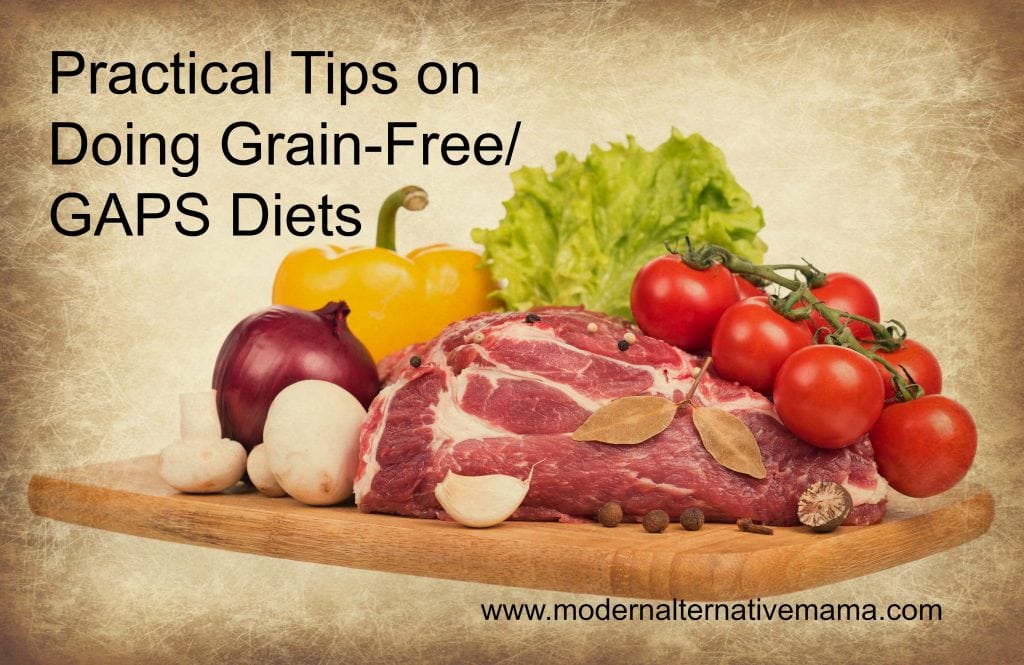
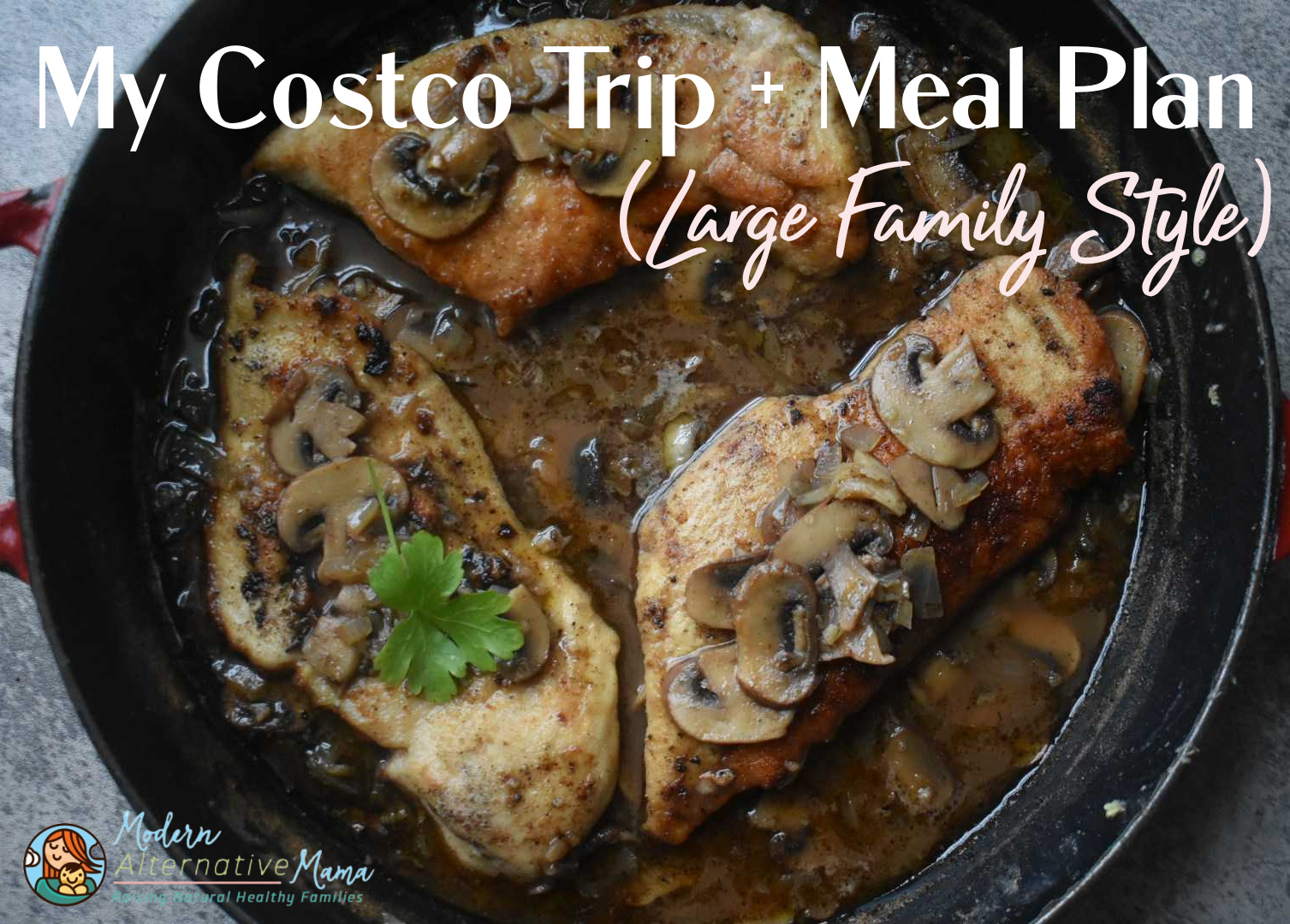
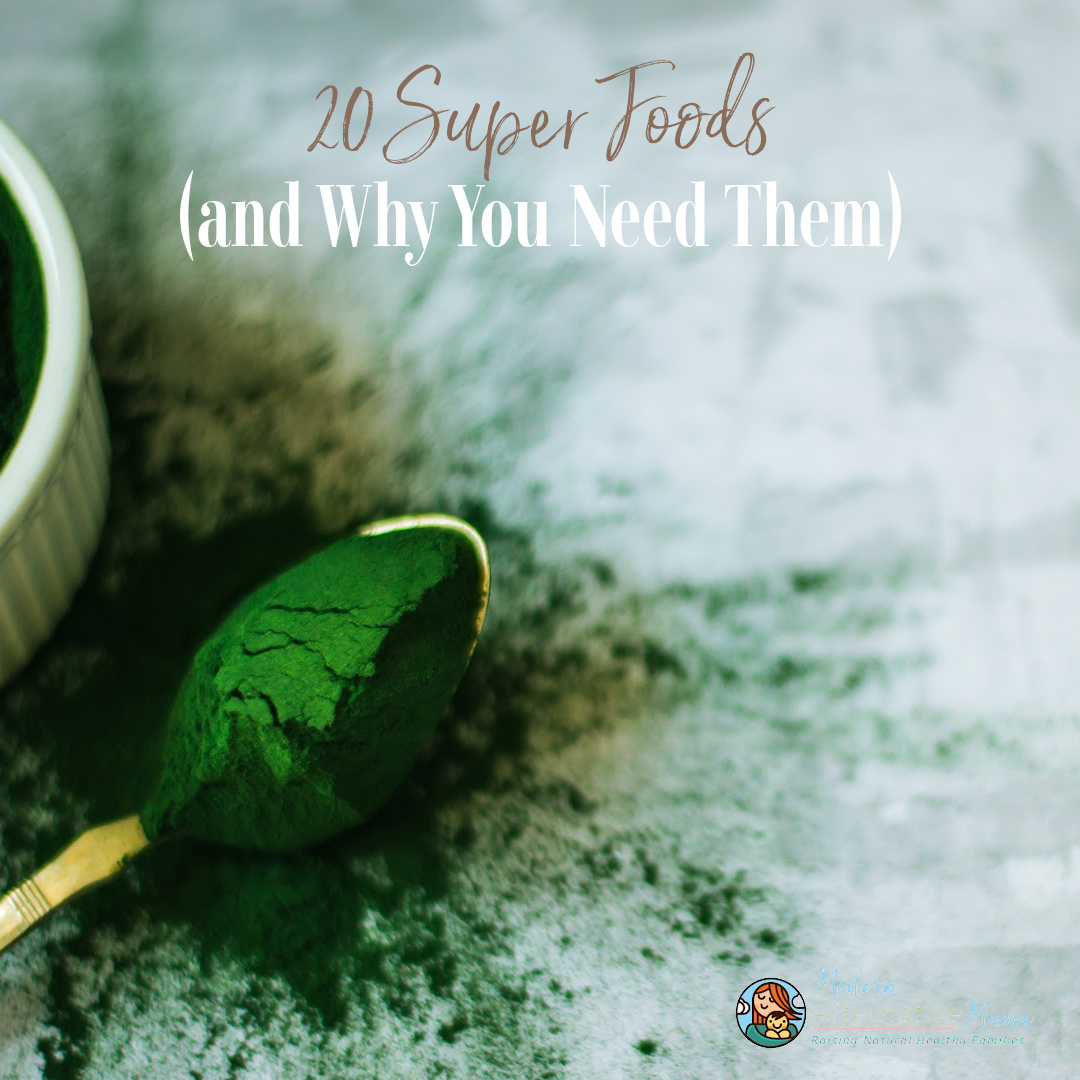
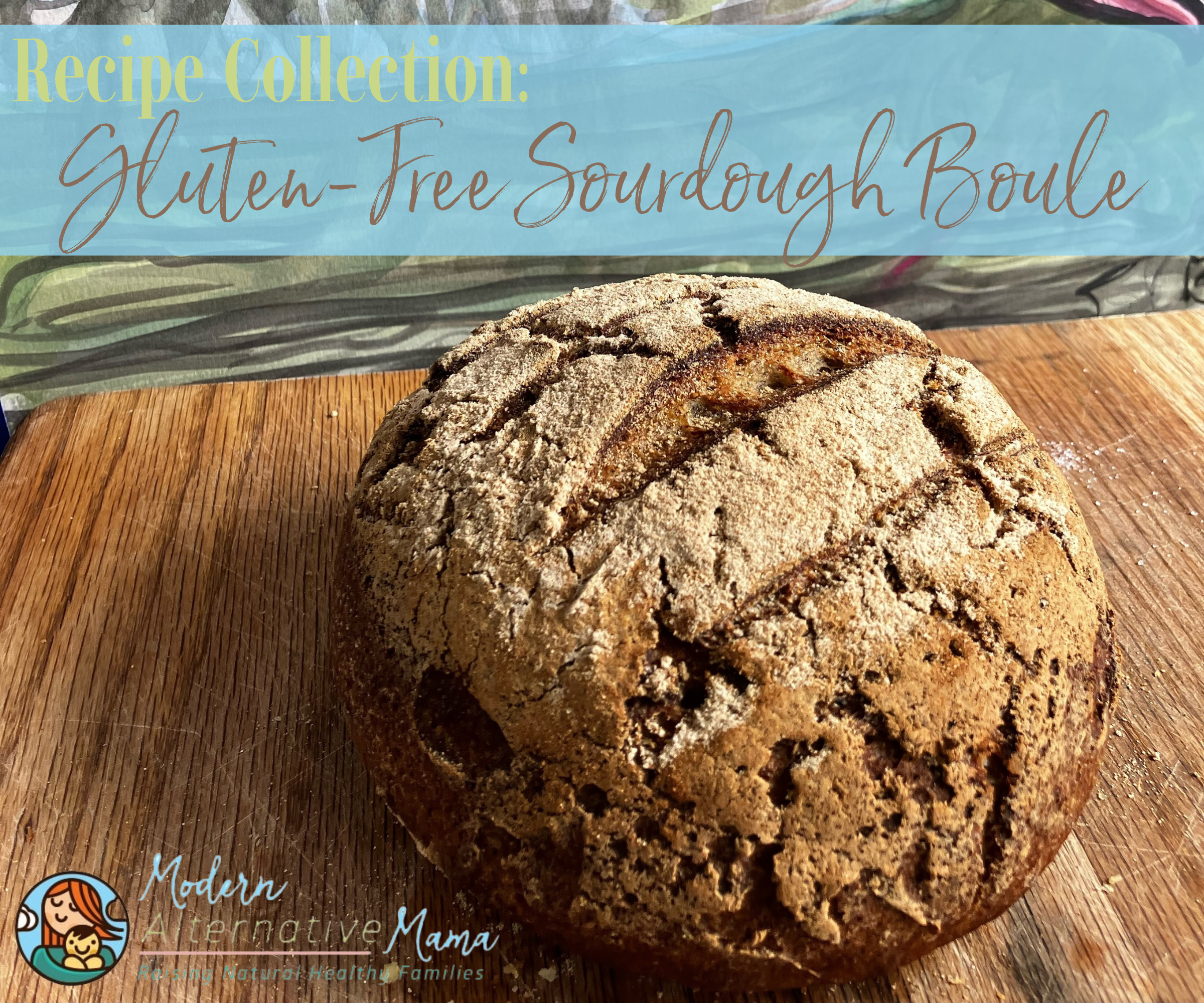
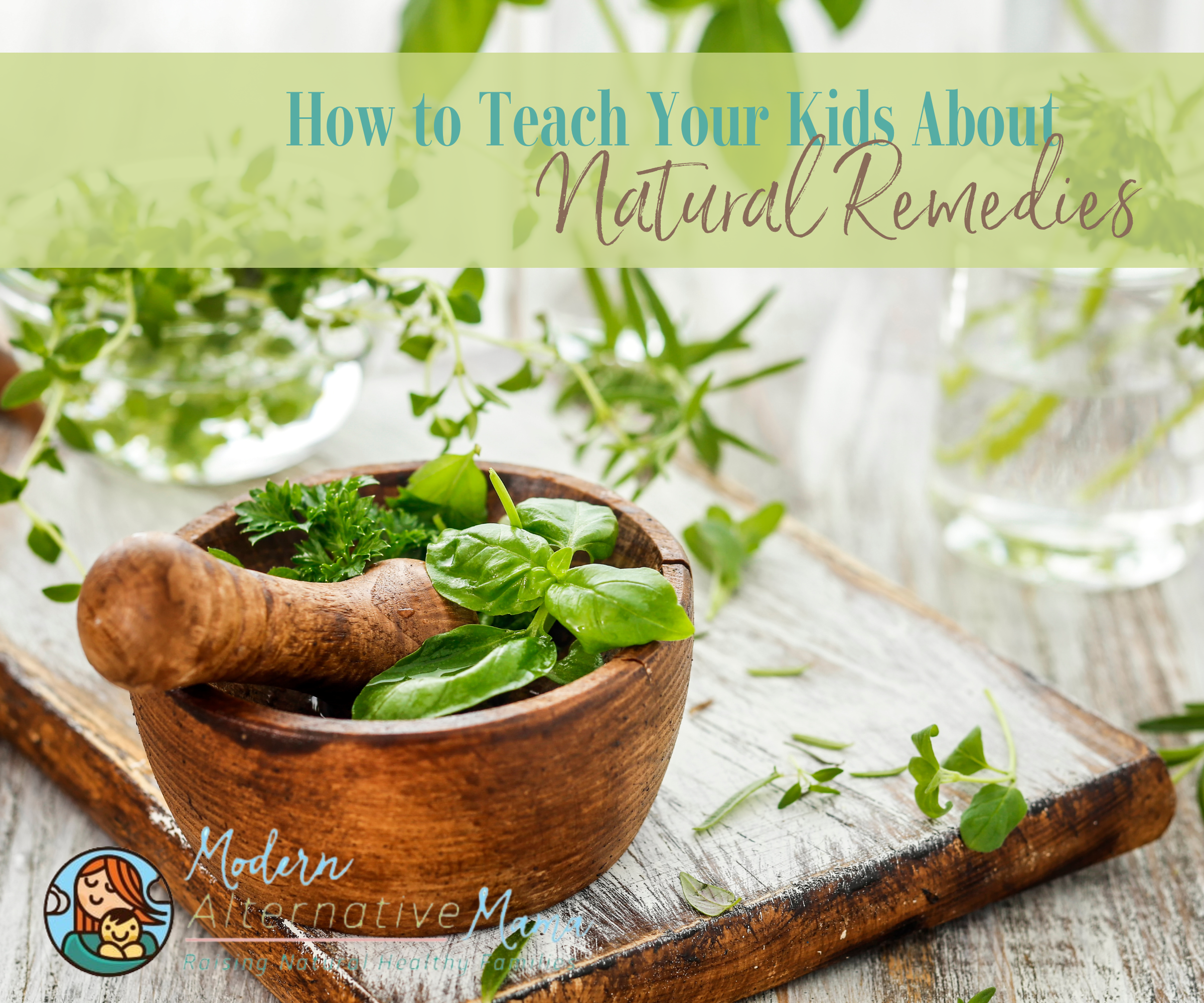

I found this post very helpful but I have a couple of questions for you. It seems the grain-free/GAPS thing focuses a lot on soups–What would you do if your husband didn't like soup? I can make soup *maybe* once a week but that is way plenty for my husband. (And I've tried many different kinds of soup, and tried to make it nice and hearty, thick and chunky and he still would prefer I not make soup)
My second question (and maybe you've answered this before) is what is your food budget? Is it possible to do this diet with a very small food budget? (And no, I don't do packaged food. I make our food from scratch and we rarely eat out.)
Amanda,
If you are going grain-free just for health (not needing GAPS in particular), you don't need to do soups. Bone broth helps GAPS patients to heal, which is why it's so big there. Also, it doesn't have to be "soup." You could cook veggies or meat in broth until it is gone, and serve that. You could use broth to make gravy or sauce that your husband does like. Would he eat chili? You could sneak some broth in there. But, there are definitely ways to use broth without soup!
As for cost, we have increased our food budget some, but I suspect it doesn't need to be as much as it is. I'll be trying to see how "cheap" I can get it in a week or so, and I'll post then on what I did and how much it really cost! I think it *is* possible if you focus on cheaper produce (onions, carrots, celery, apples, etc.) and lots of eggs. If you're grain-free but not GAPS, beans are a good way to keep costs down too. Making omelets, casseroles, soups (if you can, maybe for lunch for you?), etc. are good ways to keep things cheaper.
My biggest problem with being grain-free (not GAPS) is the lack of dry food. When my stomach is a little upset, I'm used to going for crackers because they really settle things down. Having only "wet" foods like eggs and yogurt, especially first thing in the morning, can be hard on my stomach. Do you adjust to that in time? All I wanted yesterday was some saltines.
It's interesting you find grain-free diets make you hungrier. I've found the opposite to be true — I end up poking around the kitchen for a snack out of habit, but when I think of it, I'm not really hungry. But my husband has been eating like a horse, so I guess it's different for him.
Probably this is because the body can only convert a certain amount of protein to calories per day. I think it's about 1400 calories … which is close to what I usually need, but way less than my husband does. Fat helps a lot to make up the difference — I make it a point to include lots of fat in everything I cook. Roux (made with potato starch) and refried beans are good sources for us, but I don't think either of those are GAPS-legal. There's always butter and oil on veggies and egg yolks cooked into soup.
thank you for the great ideas, Kate!! when we did a short trial run of grain free/gaps last week, my girls also LOVED snakcing on straight meat, fried in good oil and salted:) i used chicken pulled off the bone from making stock, meat a bit "weird" for eating straight usually (like neck meat), but my girls gobbled it up! it made a very filling quick and easy snack! another hit with my 14 month old was gelatin broth-straight, already salted, but still cold and gelatiny:) i didnt even try it myslef, but she loved it:) far more than eating soups….
Sheila, I totally agree with you–we are mainly gluten-free, still eat rice and corn, but I was a big-time cereal/toast/etc girl for breakfast. It was REALLY hard for me to have eggs and bacon every day–sure, at first it's cool and tasty but omg I missed bread sometimes. I've found GF baking to be really helpful…I get a muffin to curb my bread craving but I don't feel too bad about eating it because it's GF (from an all-purpose mix, or almond flour, etc). It's been fun to experiment with new recipes, too.
Also, I recently bought some almond crackers in the GF aisle at the grocery, to use with some dips at my son's birthday party. They were nice to have a few days later when I had an upset stomach and they served as a good replacement for Townhouse crackers with my tuna! (I will eat it with just a fork, but I really missed having it on toast or crackers.)
Wow, I can't even imagine being able to afford eating this way. We do not live in an area where we can get meat at that kind of price – the best I've been able to find is an average of $7/lb, and that is buying the whole cow! Right now we're eating very little meat (so little that I crave it, really) but we're committed to eating pastured meats (for ethical reasons as well as health reasons) and we simply can't afford them very often.
Thanks for this post! I'm still kind of freaking out here though!
I am desperate to do GAPS with my family, but I have a 2-year-old (being evaluated for ASD right now – still no answers) and a 7-year-old who are accustomed to eating gluten-free, still with some grains/flours. I have been incorporating less and less grains into our diets, gradually, but my son still asks for pretzels (GF, of course), and my daughter complains constantly. I’m extremely frustrated, and feeling desperate.